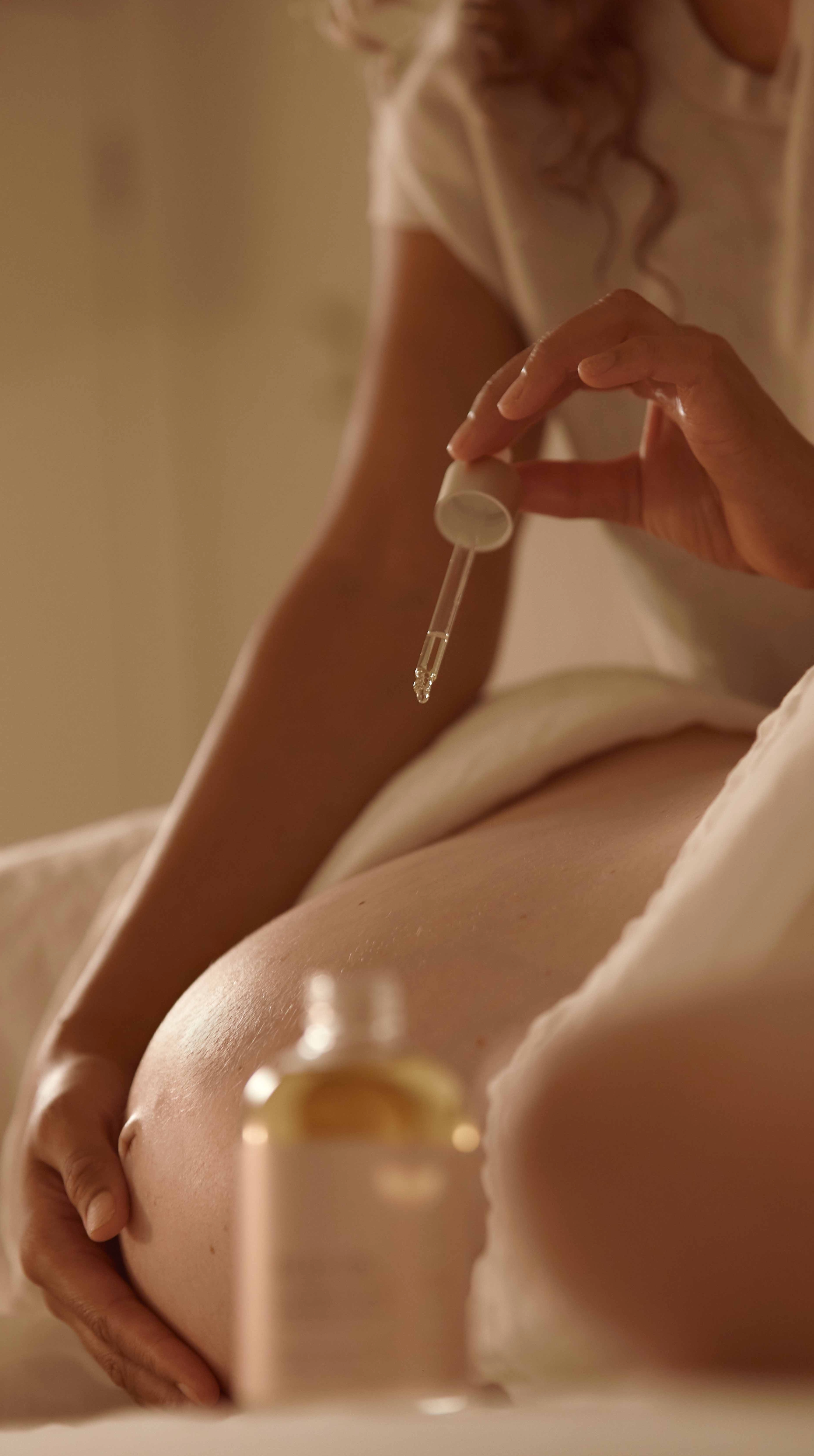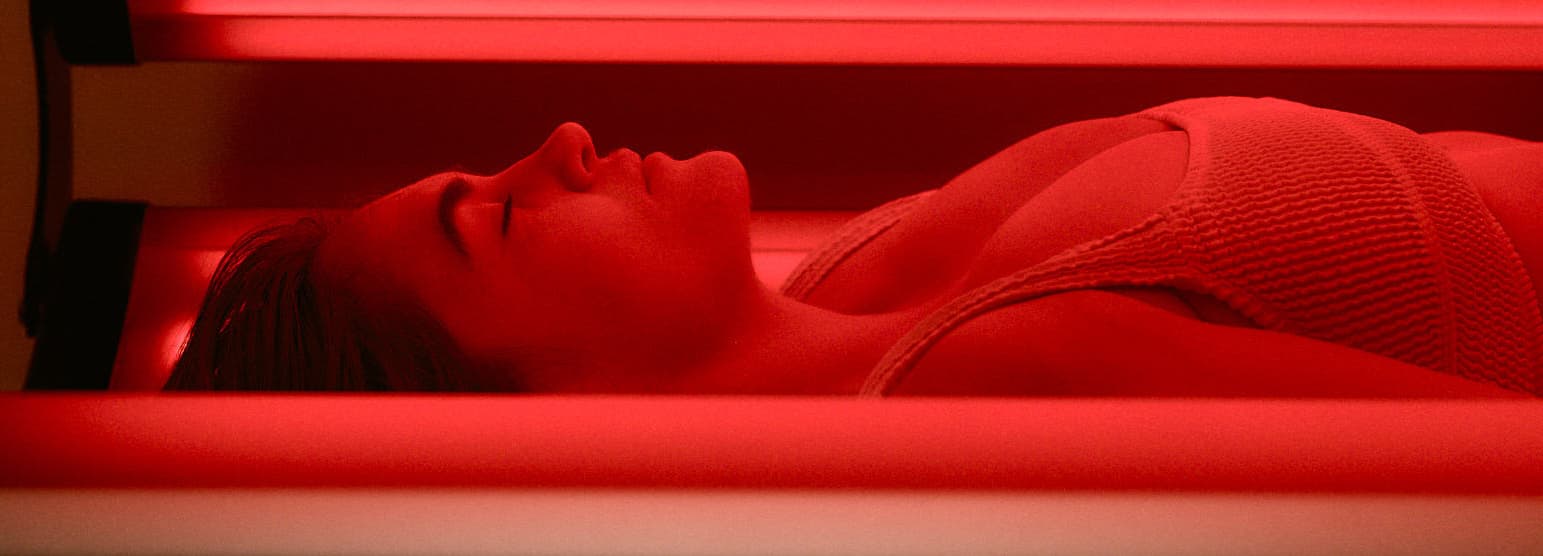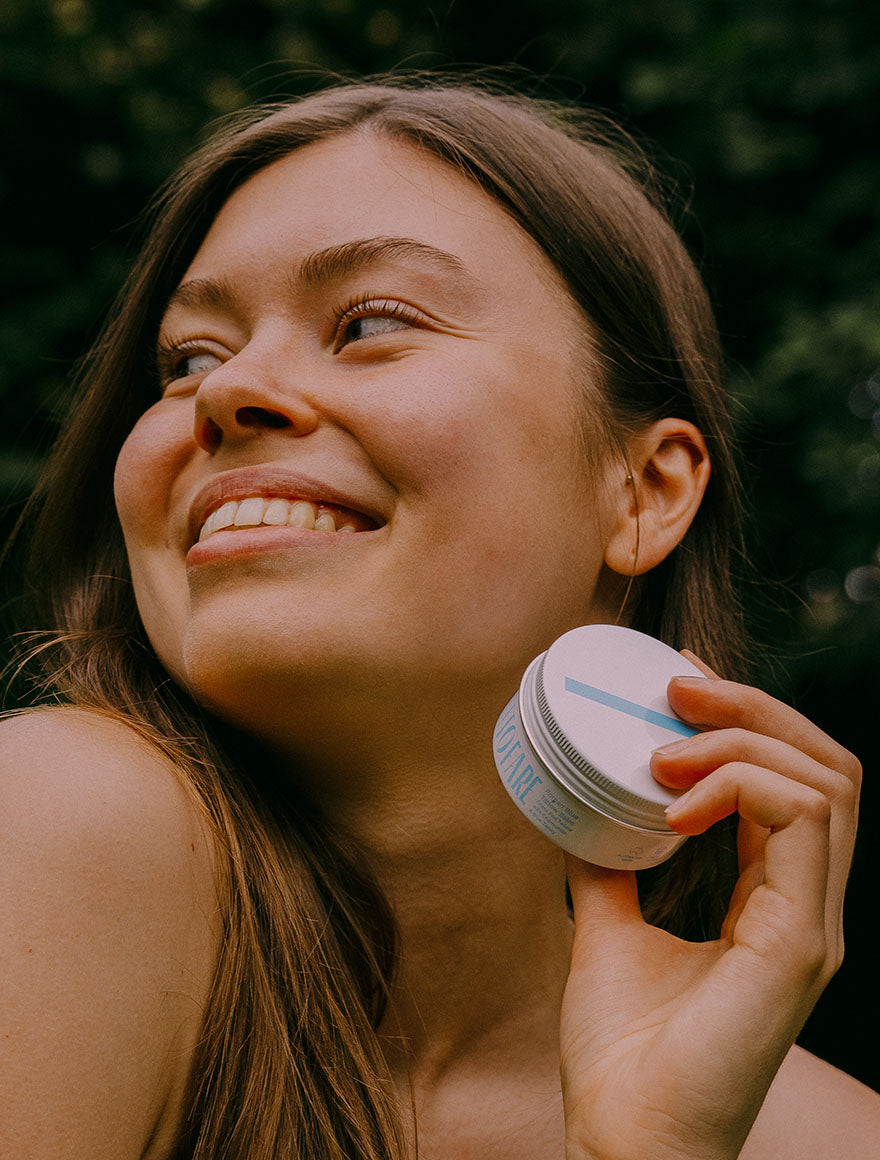
What is testosterone?
When we think of testosterone, images of big macho men often come to mind. But its role in health extends far beyond the development of muscles and libido. And it’s also a critical hormone for women too.
In men, the Leydig cells in the testes produce testosterone.
This hormone has many functions for men's health including:
• Muscle mass and strength
• Bone mass
• Sperm production
• Healthy libido (sex drive)
• The distribution of fat
• Red blood cell count
• Protecting against type 2 diabetes
• Regulating sleep patterns
Declining Testosterone Levels
Testosterone levels naturally decline in men as they age. By the age of 35-40, most men enter “andropause”, which is the equivalent to female menopause. During andropause, testosterone levels drop by around 1-2% per year and by the age of 70, testosterone levels have usually dropped 30% lower than their peak level at age 20.
A number of studies done in the US have identified that the decline in testosterone levels is occuring at an earlier age. One study revealed that 20% of adolescent and young adult men aged between 15-39 years have testosterone deficiency and this was attributed to increased BMI, obesity and the rise in chronic diseases such as type 2 diabetes.
The luteal phase on the other hand, does not generally vary in length and is usually 14 days. This “post-ovulatory” phase extends from after ovulation until the next menstrual bleed. After ovulation, the remaining cells from the ruptured follicle in the ovary form a temporary endocrine organ called the Corpus Luteum, which is responsible for the production of progesterone and oestrogen throughout the luteal phase. If the egg is fertilised, it implants into the uterus, pregnancy commences and the Corpus Luteum stays on to produce hormones until the placenta takes over at 3 months. If fertilisation doesn’t occur, the Corpus Luteum stops secreting progesterone and degenerates after 10 days. Since progesterone is needed to maintain the endometrium, this lining is shed which is the menstrual bleed.

Other factors contributing to lower testosterone levels include chronic stress, poor diet, high phytoestrogen intake, sleep apnea, statin medications, low vitamin D levels and environmental toxins.
Symptoms of low testosterone levels:
• Fatigue
• Low libido
• Erectile dysfunction/sexual dysfunction
• Infertility
• Bone loss
• Loss of muscle mass
• Muscle weakness
• Increased adipose tissue
• Poor sleep quality
• Low mood
• Poor concentration
• Brain fog
• Insulin resistance
The conventional treatment for low testosterone involves testosterone replacement therapy. This may provide some improvement in symptoms, but it may cause side effects including irritability, acne, hair loss and lower sperm count, and doesn’t address any potential root causes of the low testosterone.
Holistic and Natural Ways to Increase Testosterone Levels
• Avoiding processed and packaged foods, refined sugar and grains
These foods are nutrient deplete and contribute to obesity which is associated with low testosterone levels.
• Increasing healthy fats
Studies have shown that men who reduced their intake of healthy fats had lower levels of testosterone in their blood. Eating omega-3 rich fatty fish, olive oil, avocados and coconut oil will help support healthy testosterone levels.
• Increasing zinc-rich foods
Zinc is an essential mineral for testosterone production and regulating testosterone levels in the blood. Zinc deficiency is common in NZ due to our food being grown on zinc-depleted soil. Boosting foods that are high in zinc like oysters and other shellfish, grass-fed beef and lamb, activated pumpkin seeds, hemp seeds and cashew nuts will help increase zinc levels.
• Managing stress levels
Testosterone is produced down the same pathway as the stress hormone cortisol. When we experience chronic stress, the body prioritises the production of cortisol over testosterone, leading to a decline in testosterone levels. Managing stress with daily mind-body practices like meditation, mindfulness and yoga helps lower cortisol levels and supports testosterone production.
• Quality sleep
It is during sleep that the majority of daily testosterone release occurs in men. Research has revealed that men who sleep 5 hours or less have significantly lower morning serum testosterone levels compared to when they slept 10 hours. Sleep fragmentation (waking throughout the night) and sleep apnoea are also associated with lower testosterone levels.
Sleep hygiene practices can improve sleep quality and potentially give testosterone a boost. These include regular sleep/wake times, reducing blue light exposure, natural sunlight first thing in the morning and winding down with a calming bedtime routine (e.g. meditation, soft lighting).
• Avoiding endocrine disrupting chemicals
Exposure to endocrine disrupting chemicals (EDC’s) is associated with a reduction in testosterone levels. Common EDC’s include: phthalates in plastics and personal care products, BPA in plastics and lining of cans and perfluorinated compounds (PFC’s) in teflon and lining fast food wrappers and pizza boxes.
How to Re-balance your Cycle
- Adopt stress management techniques such as daily mindfulness, meditation, yoga, spending time in nature, exercise and journaling to alleviate stress and support healthy hormone balance.
- Reduce exposure to environmental toxins by opting for spray free or organic produce, filtering your water, using natural personal care products, avoiding plastic for storing food and instead using glass or stainless steel, using natural home cleaning products and stainless steel or cast-iron cookware.
- Drink 1.5-2 L filtered water and eat plenty of fibre rich fresh non-starchy vegetables to aid bowel function and the complete elimination of toxins and hormone metabolites.
- Eat an anti-inflammatory wholefoods diet like the Mediterranean diet, rich in fresh vegetables, fruit, quality meat and healthy fats in the form of nuts, seeds, avocado, fatty fish, and olive oil. These healthy fats provide cholesterol – the precursor for production of our sex hormones.
- Include cruciferous vegetables such as broccoli, cauliflower, collard greens, Brussel sprouts, cabbage and broccoli sprouts in the diet regularly. These vegetables contain glucosinolates, which are sulphur containing chemicals that are broken down in the body into compounds including Indole-3-carbinol (I3C), which activates detoxification enzymes that support the detoxification of oestrogen.






